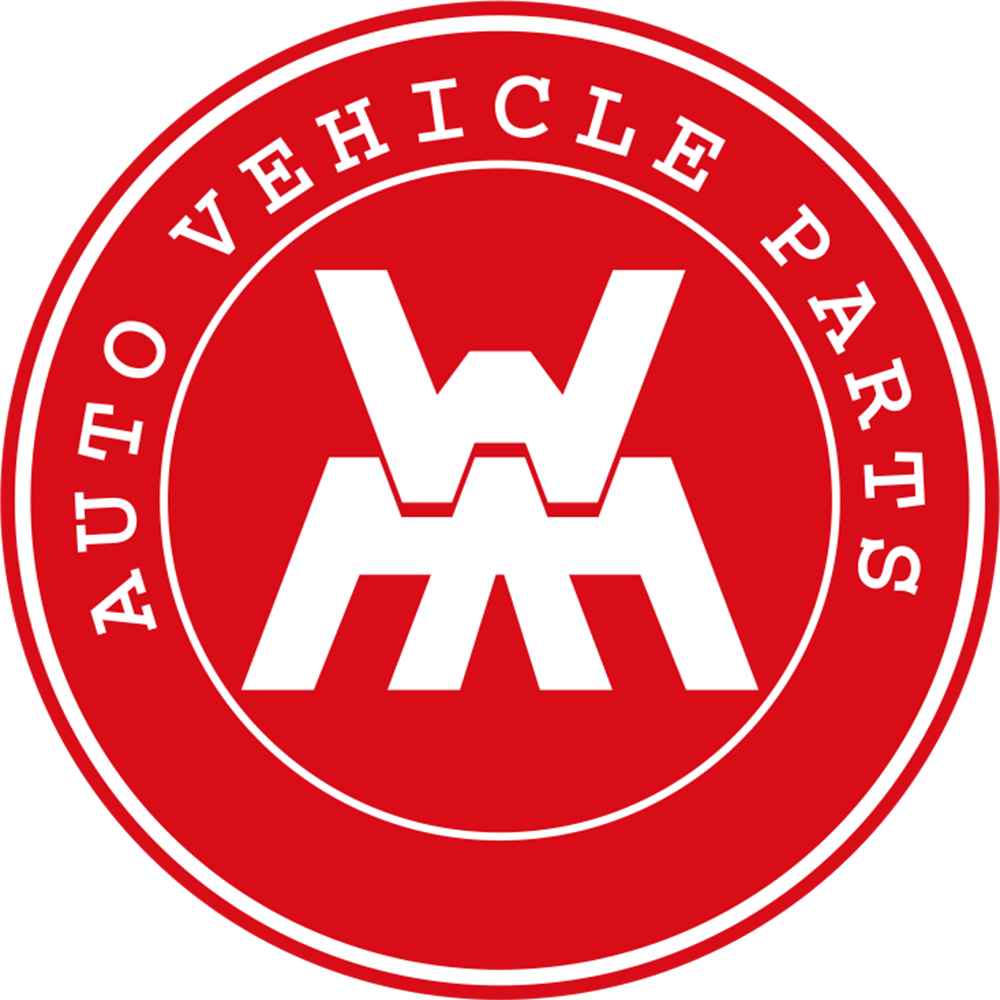The Indispensable Role of Crankshafts in Engine Performance
Crankshafts are the unsung heroes at the heart of every engine, playing a pivotal role in converting the linear motion of pistons into rotational power that drives vehicles, machinery, and equipment. In this blog, we’ll explore how crankshafts function and why they’re critical for optimal engine performance.
1. Core Function: Turning Motion into Power
At its most basic, a crankshaft transforms the up - and - down (reciprocating) movement of pistons (caused by fuel combustion) into a smooth, continuous rotational motion. This rotational force is what ultimately powers wheels in cars, blades in agricultural machinery, or generators in industrial setups. Without a properly functioning crankshaft, an engine simply can’t deliver the power needed to do its job.
2. Engine Harmony: Synchronizing Components
Crankshafts don’t work alone—they’re part of a larger system. They connect to pistons via connecting rods, and their precisely timed rotations ensure valves open and close correctly, fuel injects at the right moment, and other engine components operate in sync. For tractors and heavy machinery (like the one shown in the image), this synchronization is vital for consistent, reliable performance in the field or on the job site.
3. Durability Meets Precision
Engine operations are harsh: extreme temperatures, high pressures, and constant movement. Crankshafts are engineered to withstand these conditions. Made from high - strength materials (like forged steel), they resist wear, bending, and breakage. Precision machining ensures they maintain balance, reducing vibrations that can damage other engine parts over time. For industrial and agricultural engines, where downtime is costly, a durable crankshaft means fewer repairs and more productivity.



